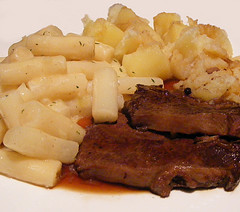
Saying that this small country can feed the world sounds very impressive, but when the crops are only for profit, you wonder what you’re buying. Subjectively, most people who live in the Netherlands and who are either not of Dutch origin or have lived abroad wonder very often on social media and at parties why Dutch-grown tomatoes and cucumbers taste like water. Google ‘Wasserbombe’ and find out what Germans think of these red-coloured ‘water bombs’.
“A country [like the Netherlands] can become an agricultural powerhouse without having a rich food culture, but the focus on price, efficiency, and practicality has undermined how the Dutch both consume and produce their food”, says Pinar Coskun of Erasmus University of Rotterdam, also echoed by Leo Marcelis, Professor of horticulture at Wageningen University, according to Yes Magazine.
In September 2016, National Geographic sung the praises of Dutch agriculture, with no discussion at all on taste, purely on output, saying that “more than half the nation’s land area is used for agriculture and horticulture.” Sure, if it’s just about feeding people like in a sci-fi series, sure. But if you want some sort of quality, that’s the not the point. To be fair, that’s possibly the case in many countries around the world.
There was also the onion-shallot war between the Netherlands and France. The Netherlands produce cheap shallots by replanting shallot bulbs and harvesting mechanically, while the French plant seeds and harvest manually. The Dutch shallots are cheaper, that’s for sure.
(Link: yesmagazine.org, Photo by FotoosVanRobin, some rights reserved)
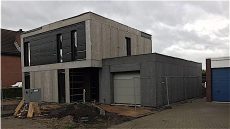

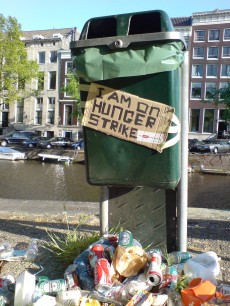
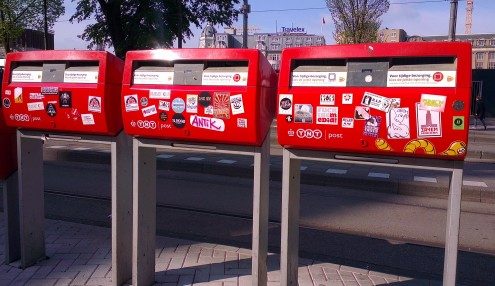
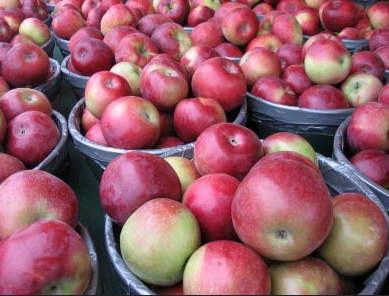
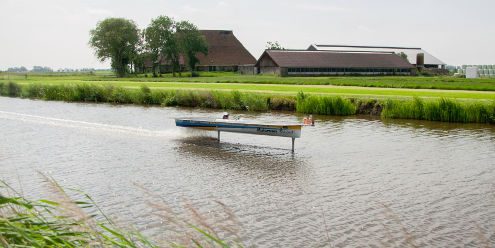
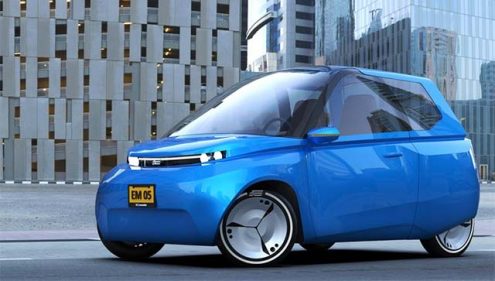
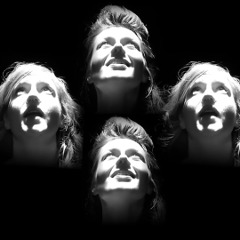 The lyrics are in Dutch, but you could try your luck with YouTube’s automated translation. Here are some quotes to get you going.
The lyrics are in Dutch, but you could try your luck with YouTube’s automated translation. Here are some quotes to get you going.